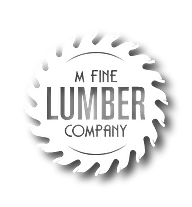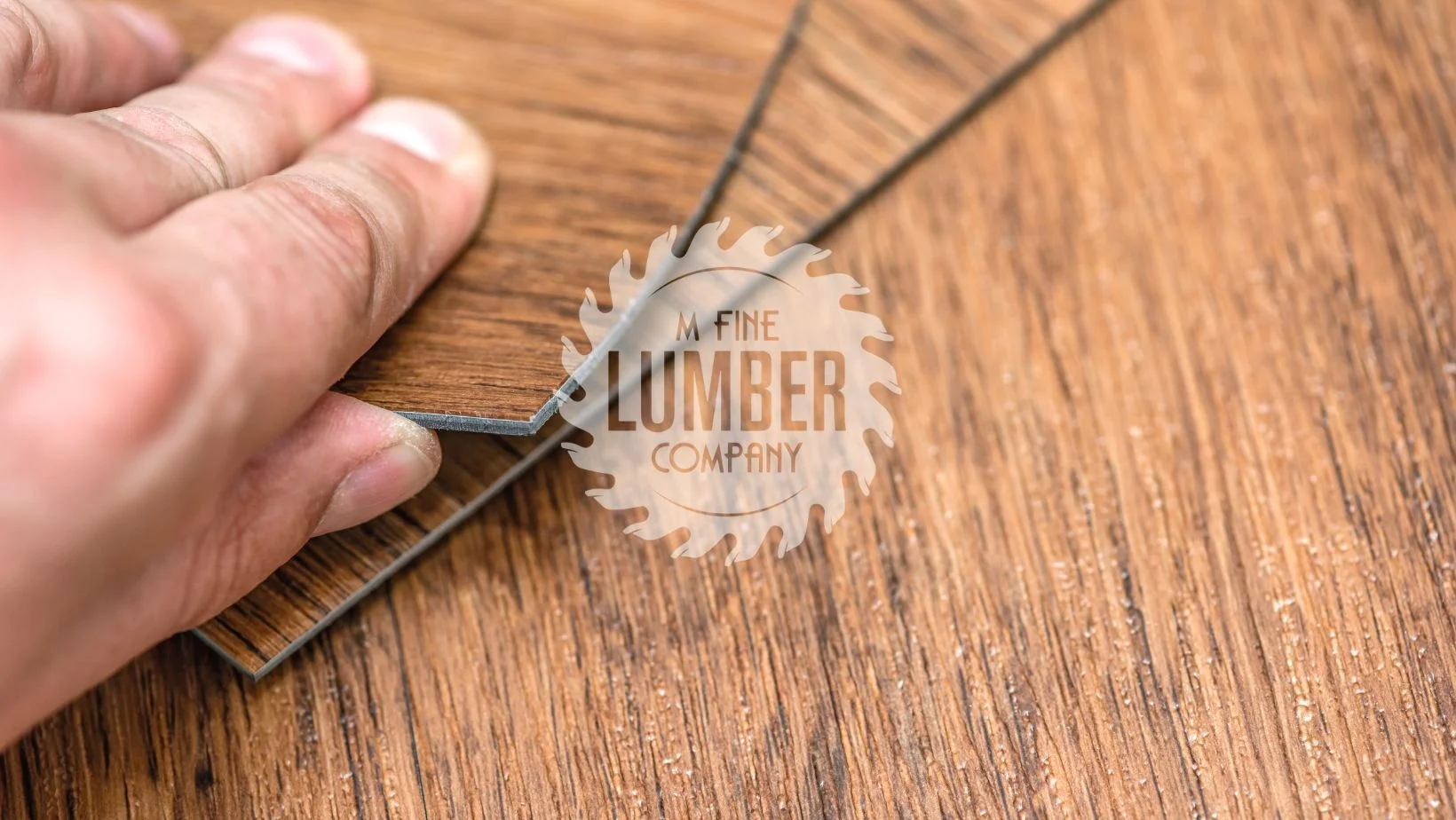
There are many factors to consider when choosing a floor for your kitchen. Durability, ease of maintenance, and cost should all be high on your list. But style is equally important to make you feel at home in your kitchen.You want something that is both attractive and practical in one perfect package. Below, we have compiled the latest trends and popular choices for flooring in 2023, so you can make an informed decision when selecting the best material to bring out the beauty in your kitchen.
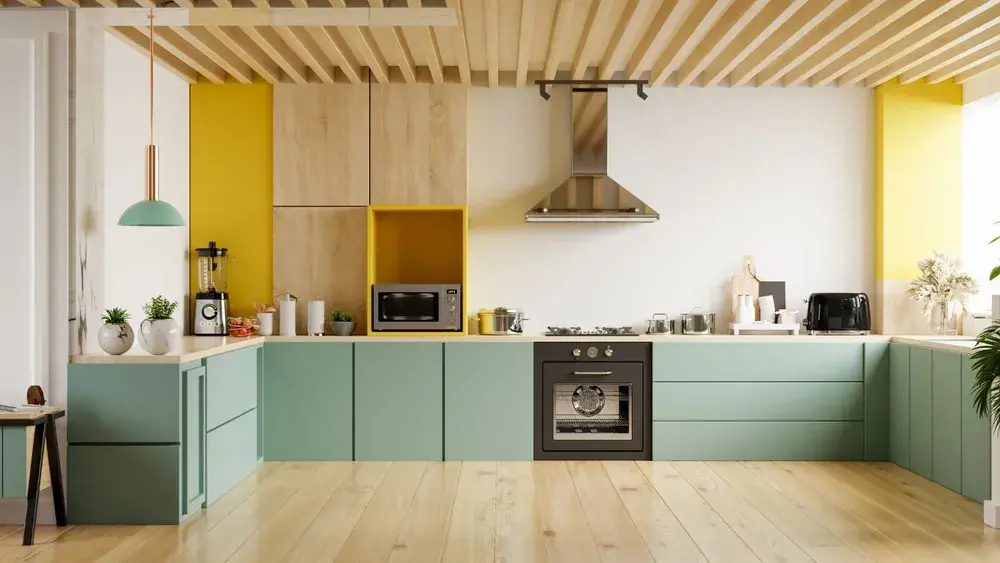
The Best Materials for Kitchen Floors
Hardwood
With its classic appeal, hardwood remains a favored option for kitchen flooring today. Despite not being waterproof, solid hardwood flooring can still resist water when properly finished.
If you’re planning a smaller kitchen renovation and don’t want to replace the entire floor, hardwood floors can be refinished to update their appearance. Additionally, like tile flooring, hardwood can be installed in various patterns to enhance its aesthetic appeal.
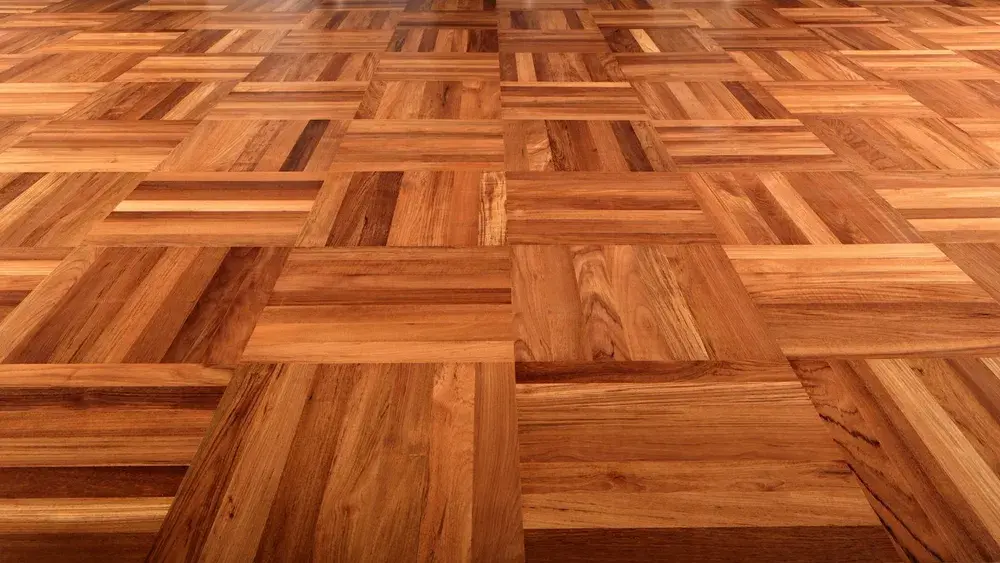
Bamboo is gaining popularity as a kitchen flooring material due to its enhanced durability and resistance to moisture and water damage. If you desire the look and texture of hardwood but require greater water resistance and longevity, bamboo flooring is an excellent choice for your kitchen. However, it’s important to note that the flooring’s appearance may vary based on its color, grain, and pattern.
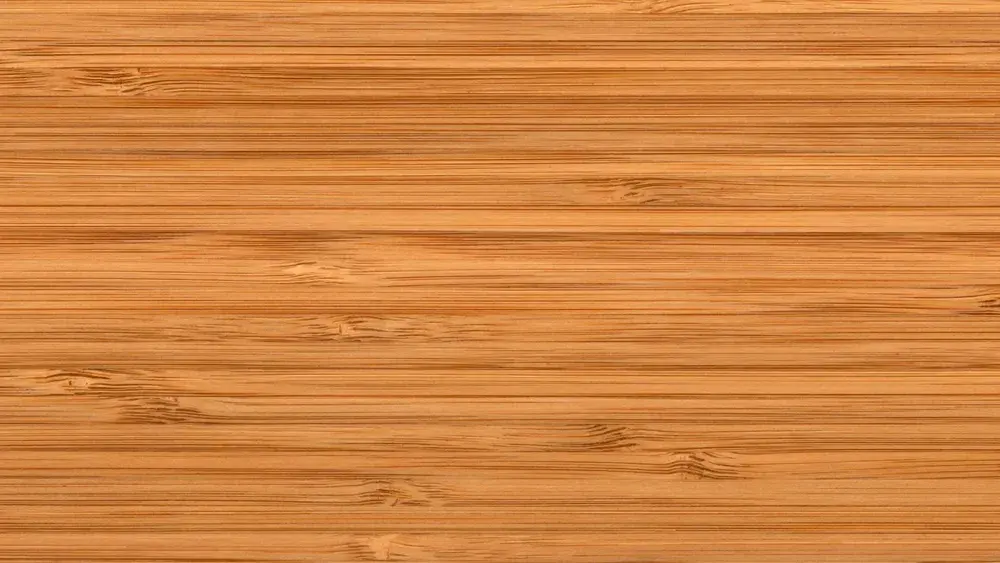
For decades, tile flooring has remained a popular choice for kitchen flooring due to its versatility. With options ranging from porcelain and stone to ceramic, homeowners can customize their floors to suit their preferences.
Tile floors are well-known for their durability making them a great choice for high-traffic areas in the house. Additionally, they are easy to clean and maintain. However, one drawback of tile flooring is the accumulation of grout in between the tiles which requires regular resealing to avoid stains.
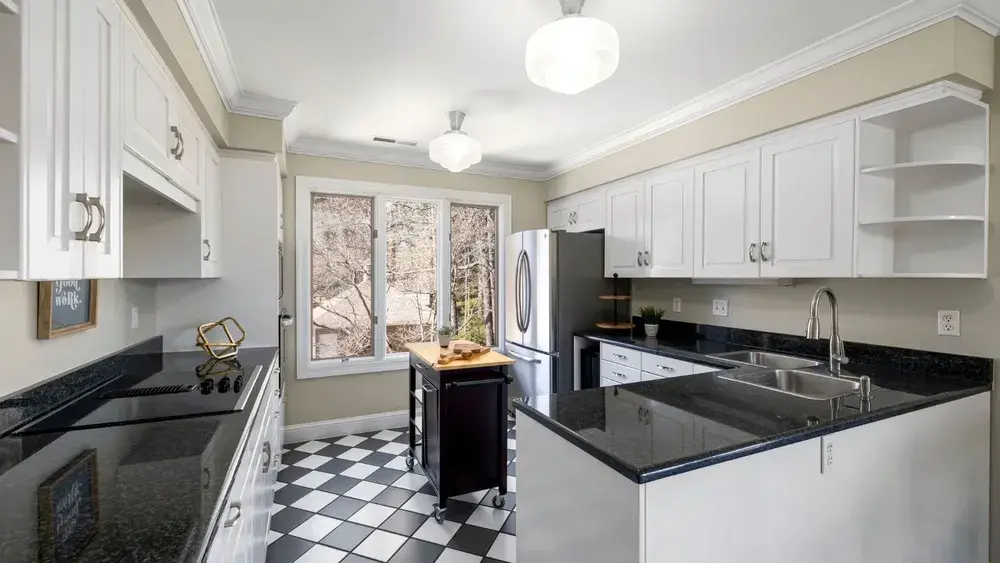
Synthetically-made vinyl floors can now be bought in tile and plank forms that look very similar to hardwood and stone. They are completely waterproof, have a comfortable feel underfoot, require minimal upkeep, and are one of the best DIY solutions for kitchen flooring.
However, one disadvantage of vinyl flooring is its fragility compared to other options. Heavy appliances can potentially cause damage, so make sure that you’re cautious when moving heavy objects or renovating your kitchen.
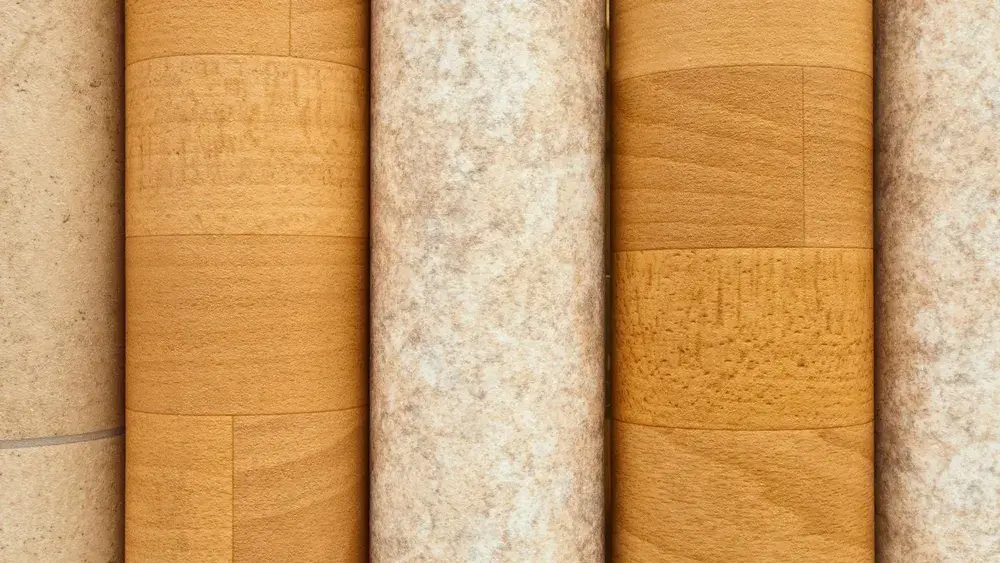
Cork is a relatively new addition to the kitchen flooring market that offers a low-cost, do-it-yourself alternative. It comes in peel-and-stick, glue-down, or snap-together assemblies that mimic tiles or planks. Unlike many other floor choices, cork has a warm, smooth, and springy feel underfoot, making it an excellent choice for sound absorption.
Cork flooring is available in a variety of gray and brown tones and is made by blending ground-up cork with resins. It is resistant to stains but not waterproof, so spills should be wiped up immediately to prevent seeping. In the event of staining, cork flooring can be sanded down and restored with a new stain and sealer.
Direct sunlight may cause fading, so it’s recommended to close the curtains during the hottest part of the day.
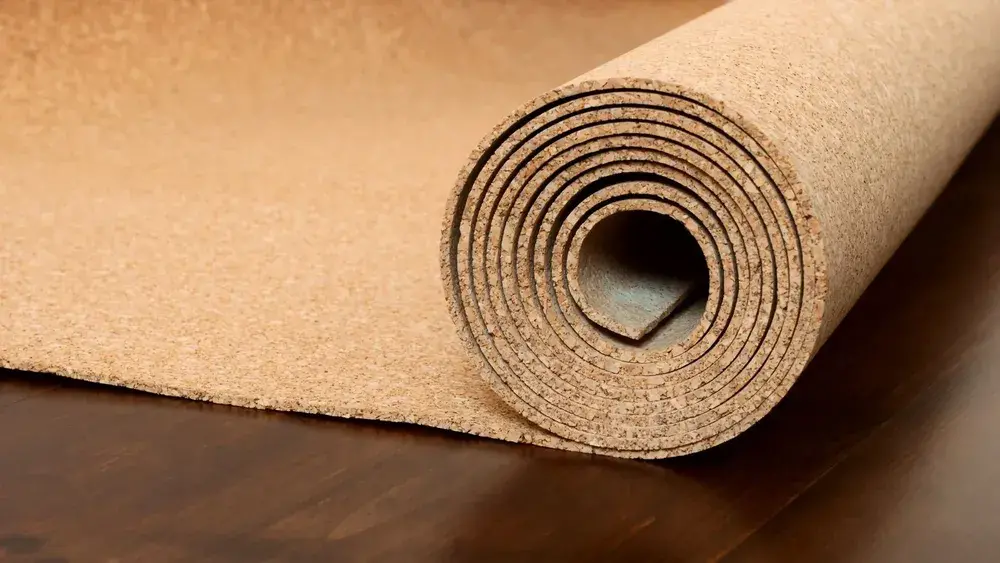
Laminate flooring has always been viewed as a more affordable substitute for hardwood flooring. Luxury vinyl flooring is a popular, cost-effective alternative to hardwood floors. However, different models vary in degree of water-resistancy so make sure to do more specific research before deciding on the final product. Laminate flooring, like vinyl, is an excellent option for do-it-yourself installation since the planks can be either bonded down or “floated” allowing them to be installed over an uneven subfloor.
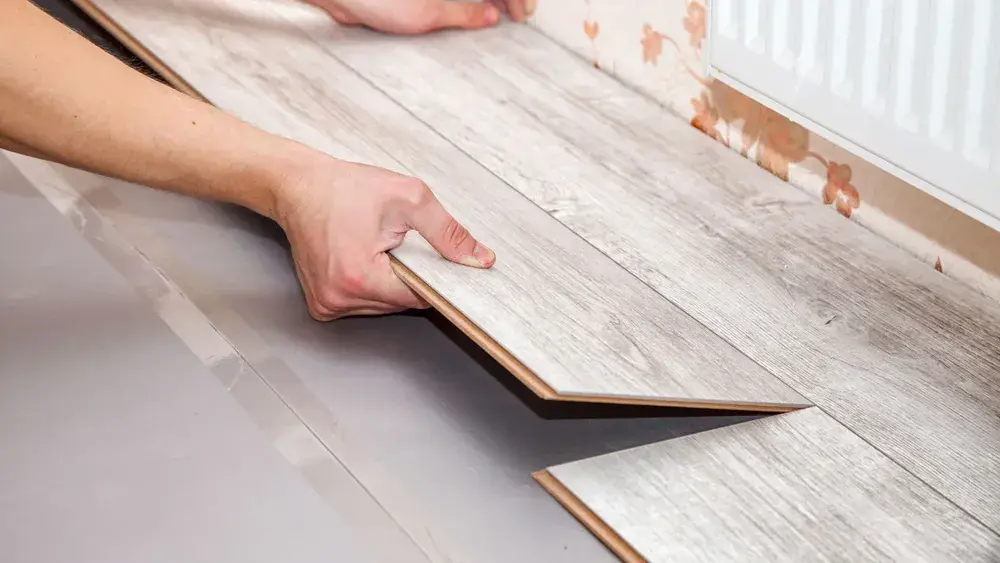
Although it may seem too industrial for a cozy atmosphere, concrete flooring is an extremely durable solution for the kitchen. Stained concrete can be designed to mimic the appearance of wood, stone, or even tile, and it can be finished to be almost completely waterproof, although mats are still recommended in areas of high moisture, such as in front of the sink or dishwasher.
One of the biggest advantages of concrete is its affordability; it is a much cheaper flooring option, and since it can be made to look like anything else, doesn’t have to appear cheap.
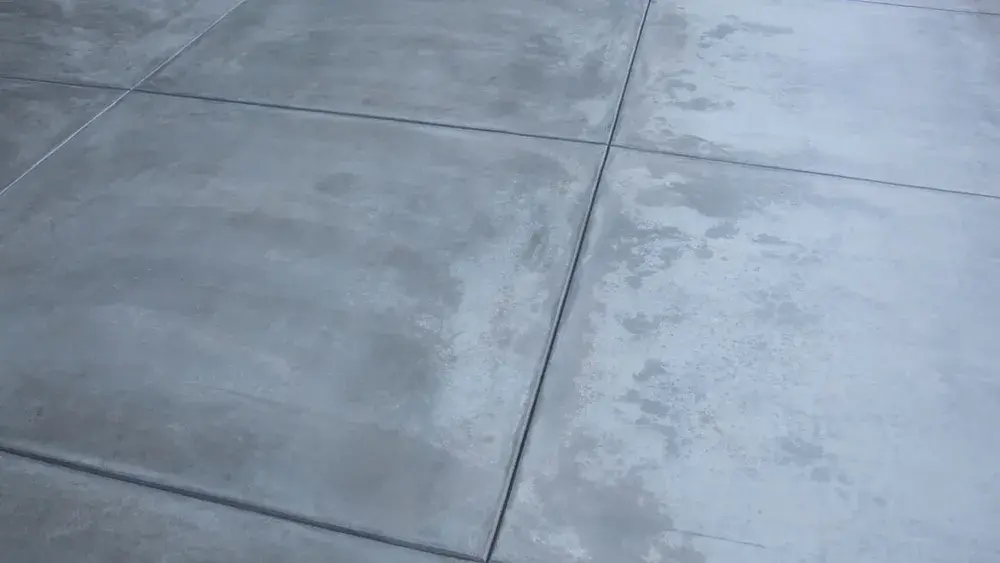
Natural stone is a classic and durable choice for kitchen flooring that adds elegance to any home. The hardness, scratch resistance, and long-term durability of different stone types vary. Granite, available in tiles or slabs, is famous for its stunning veining and long-lasting durability when appropriately sealed and maintained. Limestone, a delicate and beautiful tile, is ideal for low-traffic areas such as accents or countertops. Marble has beautiful veining, but polished marble can easily scuff and discolor.
Sandstone offers a smooth and colorful appearance, making it a great option for kitchens, although it is not the most durable natural stone. Slate, with proper sealing and maintenance, can last for decades due to its complex and durable nature. Finally, travertine has an Old World design and rough surface, but it is not the most durable natural stone available.
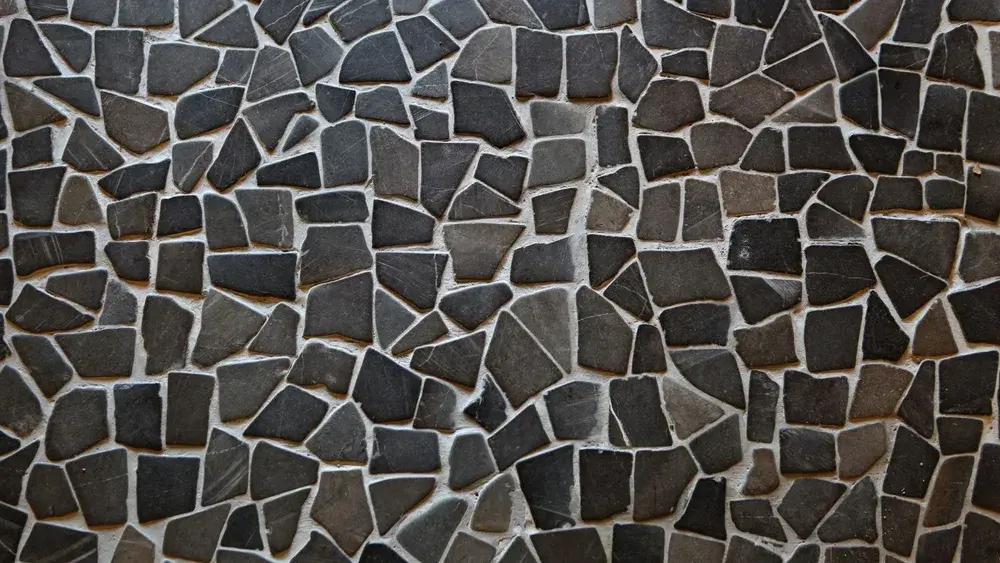
Choosing the right flooring material for your kitchen can be a daunting task. The material needs to be durable, easy to maintain, and visually appealing. No single type of flooring is ideal for all kitchens, as there is a wide variety of options to choose from. When selecting the ideal material for your space, consider the following aspects:
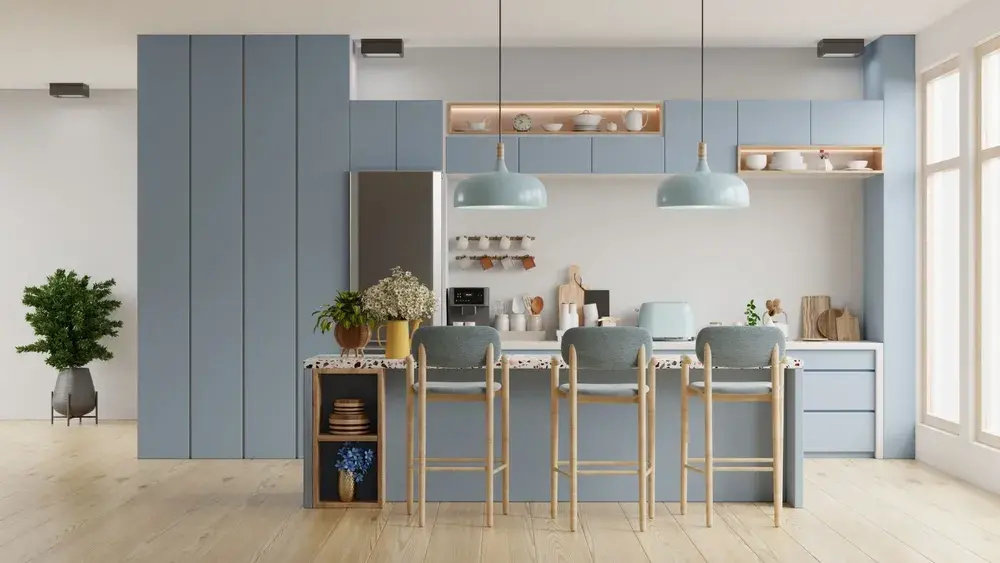
In short, the kitchen flooring market is continually developing with new materials and styles. To build attractive but functional rooms, the current trends promote durability, sustainability, and aesthetics. There are many alternative styles to choose from including traditional hardwood, contemporary tiles, or unusual designs. Updating the flooring in your kitchen will completely change the room, making it more comfortable, beautiful, and welcoming. So, stay up to date on the current kitchen flooring trends and choose the one that best suits your needs and preferences.
